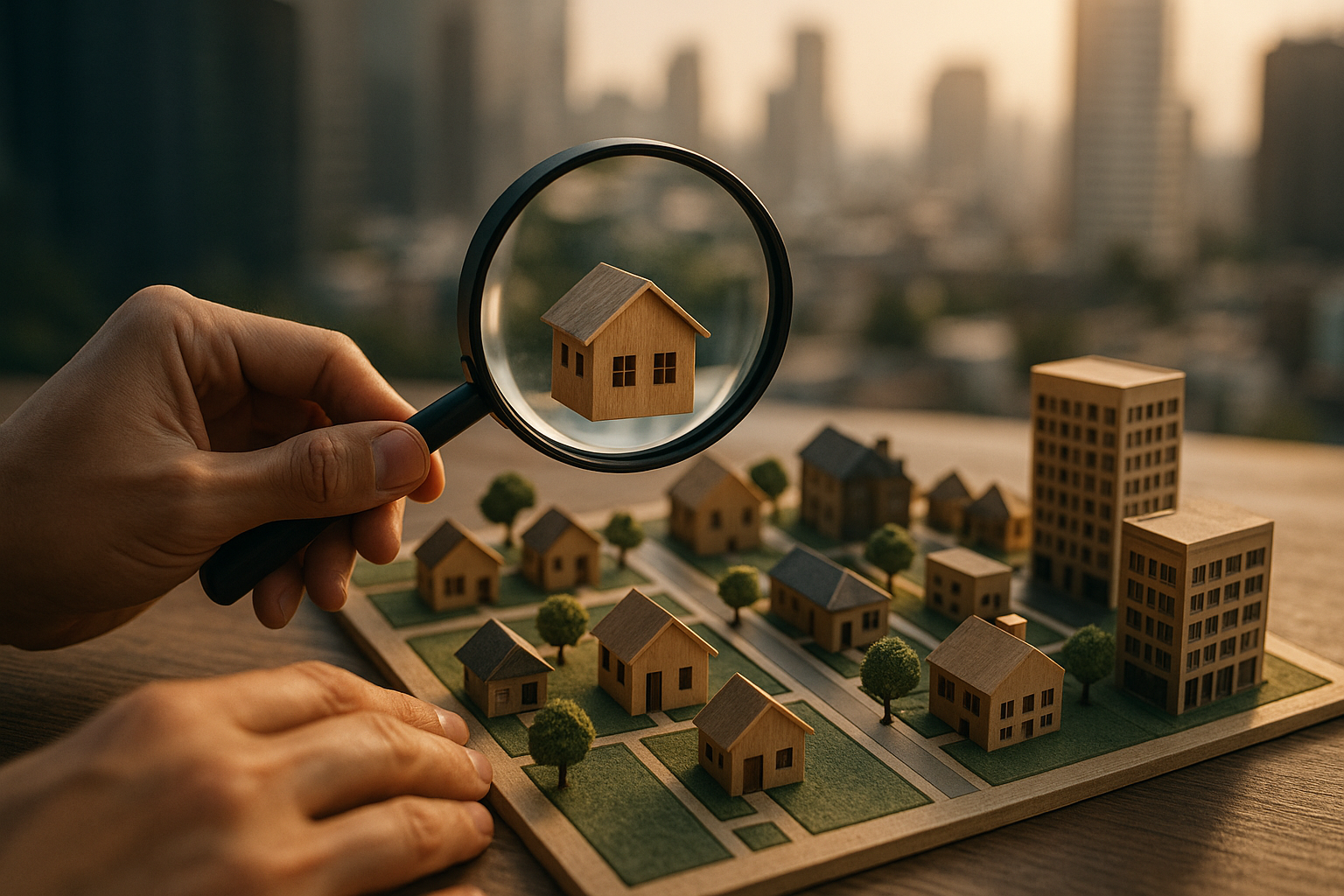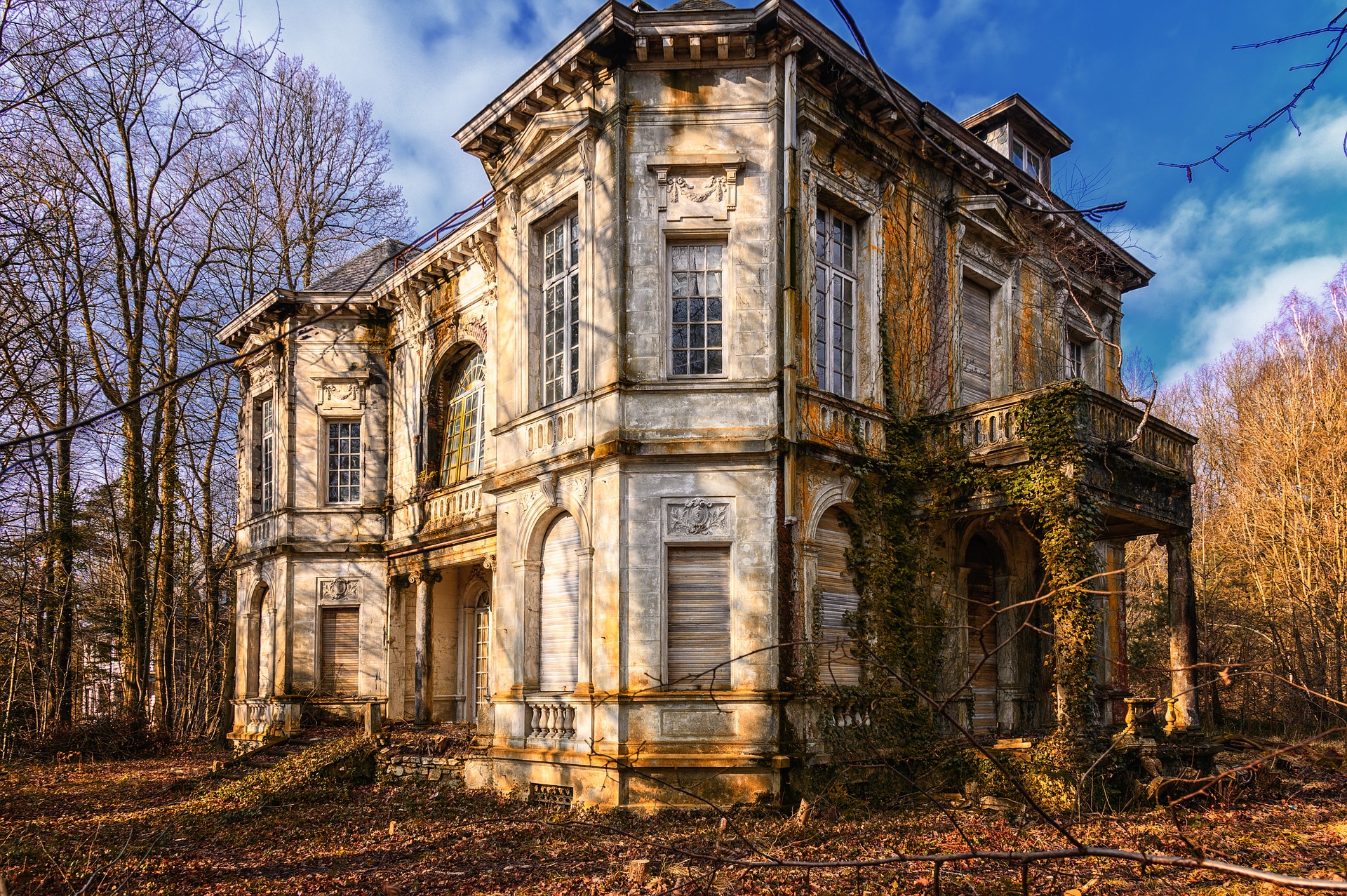America’s New Homes in 2025: What’s Changing and Where to Find Value
The U.S. housing market in 2025 is undergoing a noticeable transformation. Rising interest rates have made borrowing more expensive, yet demand for new homes remains steady. A national shortage of existing home listings is pushing more buyers toward newly built properties. These homes are often more energy-efficient, come with fewer maintenance surprises, and match today’s design preferences like open floor plans, smart technology, and low-maintenance materials.

Why Buyers Are Turning to New Construction
The appeal of new construction homes has reached new heights in 2025, driven by practical and financial considerations. Unlike older homes that may require immediate repairs or updates, new builds come with warranties covering major systems and structural elements for up to ten years. Buyers also benefit from the latest building codes and energy efficiency standards, which translate to lower utility bills and improved comfort year-round.
Another compelling factor is customization flexibility. Many builders offer buyers the chance to select finishes, layouts, and upgrades during the construction process, eliminating the need for costly renovations after purchase. With existing home inventory remaining tight in many markets, new construction provides an alternative path to homeownership without the stress of bidding wars common in the resale market.
Pricing Trends Across Major U.S. Cities
New home pricing varies dramatically across metropolitan areas, with regional economic factors and local demand driving significant differences. In Texas markets like Austin and Dallas, new construction remains relatively affordable compared to coastal cities, with median prices for new homes ranging from $350,000 to $500,000 depending on location and size.
Meanwhile, West Coast markets continue to command premium prices, with new homes in San Francisco Bay Area suburbs starting around $800,000 for modest three-bedroom properties. Denver and Phoenix have emerged as middle-ground markets where buyers can find quality new construction between $400,000 and $600,000, offering better value than traditional high-cost coastal areas while providing strong job markets and lifestyle amenities.
Design Trends in New Builds
Today’s new construction homes reflect evolving lifestyle preferences shaped by remote work trends and multigenerational living needs. Open-concept layouts remain popular, but builders are increasingly incorporating dedicated home office spaces and flexible rooms that can serve multiple purposes. Kitchen islands have grown larger to accommodate both meal preparation and casual dining, while primary bedroom suites now commonly feature enlarged walk-in closets and spa-like bathroom amenities.
Smart home technology integration has become standard rather than optional, with new builds typically including programmable thermostats, keyless entry systems, and pre-wiring for home automation. Outdoor living spaces receive equal attention, with covered patios, outdoor kitchens, and low-maintenance landscaping becoming expected features rather than luxury upgrades.
Is 2025 a Good Year to Buy New?
The timing for purchasing new construction in 2025 presents both opportunities and challenges that buyers should carefully consider. While interest rates remain elevated compared to recent years, many builders are offering incentives such as rate buydowns, closing cost assistance, or upgrade credits to attract buyers. These builder incentives can effectively reduce the overall cost of homeownership and make new construction competitive with resale properties.
Market conditions favor buyers who can be flexible with timing and location. Builders in developing communities often provide the best deals as they work to establish new neighborhoods, while established areas with limited remaining lots command premium pricing. The key advantage of buying new in 2025 is avoiding the maintenance and upgrade costs associated with older homes, which can add $15,000 to $25,000 in unexpected expenses during the first few years of ownership.
| Market | Builder/Community | Price Range | Key Incentives |
|---|---|---|---|
| Austin, TX | Lennar/Toll Brothers | $350,000-$550,000 | 2-1 rate buydown, $10,000 design credit |
| Phoenix, AZ | KB Home/Pulte | $400,000-$600,000 | Closing cost assistance, smart home package |
| Denver, CO | Richmond American/Century Communities | $450,000-$650,000 | Rate buydown, landscaping package |
| Raleigh, NC | David Weekley/Taylor Morrison | $380,000-$520,000 | $15,000 upgrade credit, rate assistance |
Prices, rates, or cost estimates mentioned in this article are based on the latest available information but may change over time. Independent research is advised before making financial decisions.
The new construction market in 2025 offers distinct advantages for buyers willing to explore alternatives to traditional resale properties. With builder incentives helping offset higher interest rates and modern designs meeting contemporary lifestyle needs, new homes provide a compelling option for today’s buyers. Success in this market requires research, flexibility, and understanding that the best value often comes from emerging communities where builders are motivated to establish their presence.
While the housing market continues evolving, new construction represents a stable path to homeownership with predictable costs and modern amenities that older homes simply cannot match without significant investment.




